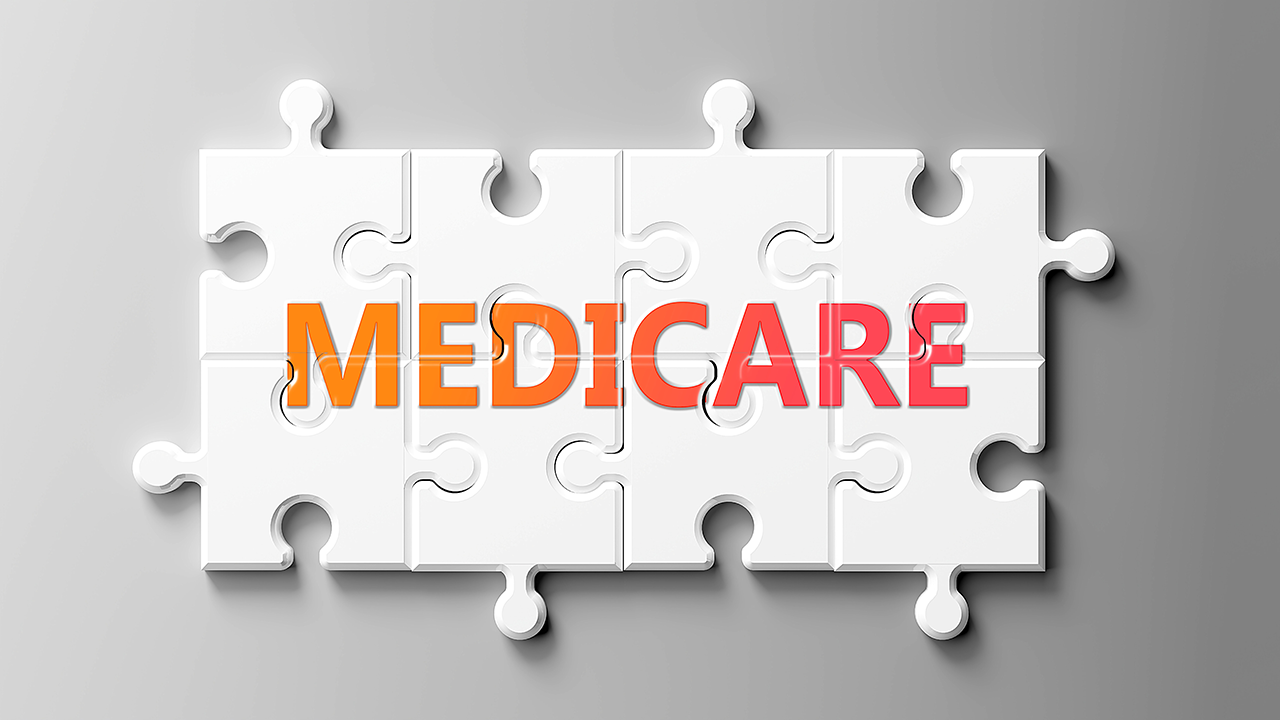What Is Medicare Open Enrollment and How Does It Work?
If you’re 65 or over, or you care for a loved one who is, it’s important to be aware of Medicare enrollment deadlines. Medicare is a government-sponsored health program with many moving parts that can cause confusion for the average enrollee. In this article, we’ll cover what Medicare open enrollment is, how it works, and why it’s critical for enrollees to understand.
Breaking Down Medicare Plans
If you’re new or unfamiliar with how Medicare works, we’ll first go into a brief overview to help you make the most of open enrollment periods.
There are four main parts of Medicare, Parts A, B, C, and D.
Original Medicare – Hospital Insurance (Part A): Part A covers services like care in a nursing facility, inpatient hospital stays, hospice care, and some home health services. Part A is typically premium-free if you or your spouse paid Medicare taxes for a certain period of time while working. If you don’t meet the criteria for premium-free Part A, you can choose to purchase it.
Original Medicare – Medical Insurance (Part B): Part B is a more traditional medical insurance policy for which every enrollee pays a premium. It covers services like preventive care, doctor’s visits, outpatient care, and medical supplies.
Medicare Advantage (Part C): Often referred to as Medicare Part C, Medicare Advantage plans are sold by private insurers, instead of being provided by the government as with Parts A and B. These plans are intended to act as an alternative to Original Medicare by covering Parts A and B. Advantage plans may also offer extras like dental, vision, and drug coverage (Part D).
Prescription Drug Coverage (Part D): This optional drug coverage is provided by private insurers (similar to Part C) to help cover the cost of prescription drugs.
When you become eligible for Medicare at age 65, you can choose how you want coverage based on factors like cost and which providers are in-network for a specific plan. And if you already receive Social Security or Railroad Retirement Board benefits, you’re auto-enrolled into Original Medicare when you turn 65.
Once you reach eligibility age and decide which type(s) of Medicare benefits you want, you’ll have specific periods to process your enrollment.
What and When is Medicare Open Enrollment?
Medicare open enrollment is a period when you can freely enroll or change your Medicare coverage. And there are several opportunities to make changes based on your current enrollment status.
Initial Enrollment
The first open enrollment window, also called initial enrollment, happens during the three months leading up to, the month of, and the three months following when you turn 65 years old. During this 7-month enrollment window, you are open to choose a coverage that will begin on the first of the month in which you turn 65 or on the first of the following month if you process enrollment later.
Fall Open Enrollment
The second open enrollment window occurs annually, and it’s open to all eligible Medicare members. The annual open enrollment window takes place for approximately two months each fall, where you can freely join, change, or drop your plan with no penalties.
The Medicare open enrollment dates are every year from October 15th through December 7th. During the fall open enrollment window, your changes are effective for the next coverage period beginning January 1st.
During the fall open enrollment, you can make changes like:
- Switching from a Medicare Advantage plan that offers drug coverage to one that doesn’t (or vice versa).
- Adding or dropping prescription drug coverage (part D).
- Switching from an Original Medicare plan to a Medicare Advantage plan (and vice versa).
General Enrollment
The general enrollment period is available if you chose not to sign up for Part B during your initial eligibility window and you aren’t eligible for enrollment because of special circumstances, like moving out of a plan’s service area. In addition, those who have to pay a premium for Part A and didn’t enroll during initial enrollment can also enroll during this time.
The Medicare general enrollment period runs each year from January 1st through March 31st. And plan changes are effective July 1st. There may also be penalties associated with the general enrollment period that you’ll need to consider. For example, if you didn’t sign up for Part B and Part D during initial enrollment, you may receive fines or pay more in premiums as a result.
Medicare Advantage Open Enrollment
Medicare Advantage also has an open enrollment period that runs from January 1st to March 31st each year. However, the Medicare Advantage open enrollment period is only for those currently enrolled in a Medicare Advantage plan. And the changes you can make are limited to switching between Medicare Advantage plans or moving from Medicare Advantage to Original Medicare.
Any changes made during the Medicare Advantage open enrollment are effective the first of the following month after enrollment. And it’s important to note that you can only make one change during the enrollment window.
Special Enrollment
A special enrollment window opens for members on an individual basis. If you experience certain life changes, like moving into or out of a plan’s service area or losing benefits through an employer, you’ll have a set period to make plan changes.
It’s worth noting that the open enrollment periods for Medicare plans are not the same as the federal open enrollment period for exchange plans. Confusion around these two periods could result in not being able to make necessary changes to your coverage.
Why You May Want to Make Changes During Open Enrollment
There are several reasons why you may want to make changes to your plan during your open enrollment window, including:
- Cost changes: Your existing plan may have gone up in price, putting it at a level that’s no longer affordable.
- Coverage changes: You may opt-in or out of additional coverage options like vision, hearing, and dental.
- Network changes for providers: Your physician may have moved in or out of the plan network for your current plan.
- Network changes for pharmacies: You may have moved to a location where your local pharmacy is no longer in-network, or drugs you regularly take may have been removed from the plan formulary.
Even if no drastic changes have occurred, it’s essential to review notices and Medicare options to be sure the plan you have is best suited for your needs. Take special note of areas like cost and coverage for the types of drugs you take.
If you choose to keep the same coverage, there typically isn’t anything to do on your part. You should be automatically enrolled in the same plan for the upcoming calendar year as long as it’s still available.
What Do I Do if I Miss Medicare Open Enrollment?
If you cannot complete plan changes during the regularly scheduled fall open enrollment period, you may have options.
- If you’re currently enrolled in a Medicare Advantage plan, you can participate in the Medicare Advantage open enrollment from January 1st to March 31st. During this period, you’ll be able to make changes to your existing Medicare Advantage plan or opt to return to Original Medicare coverage.
- If you’ve experienced a qualifying event, you may be able to enroll in a special enrollment period. Life changes like losing other coverage or moving outside of a plan’s service area may qualify you to make changes outside of open enrollment. If you’re unsure if your circumstances will allow you to make a late change, contact Medicare directly for additional assistance.
The Bottom Line
There is a finite window of time to make changes to Medicare plans. And it’s during this open enrollment period that Medicare enrollees can freely change or drop certain coverages without penalty. Remember that the open enrollment period is a great time to shop around and see if you can find a better rate for coverage, even if you intend to keep the same plan. And if you’re ever unsure about what coverage is best for you, it’s best to reach out to Medicare directly.




